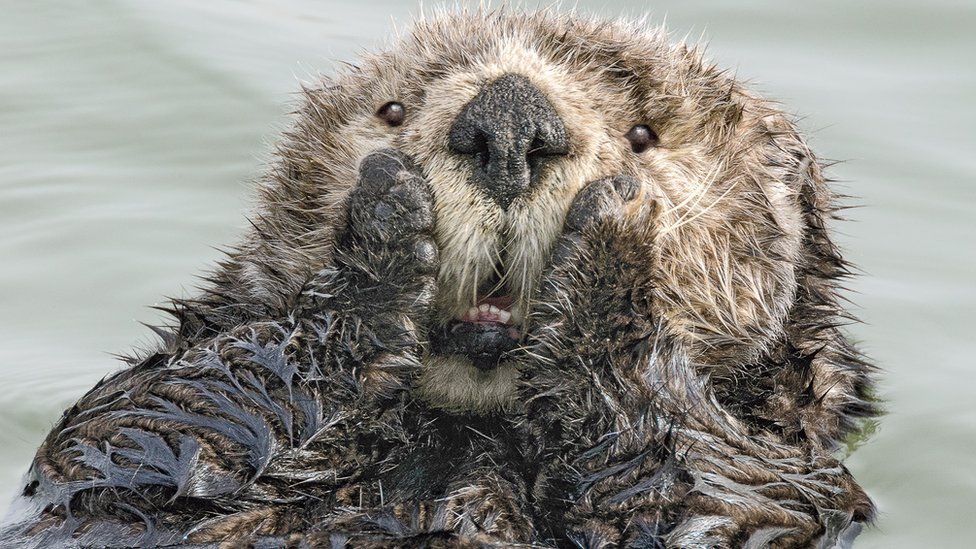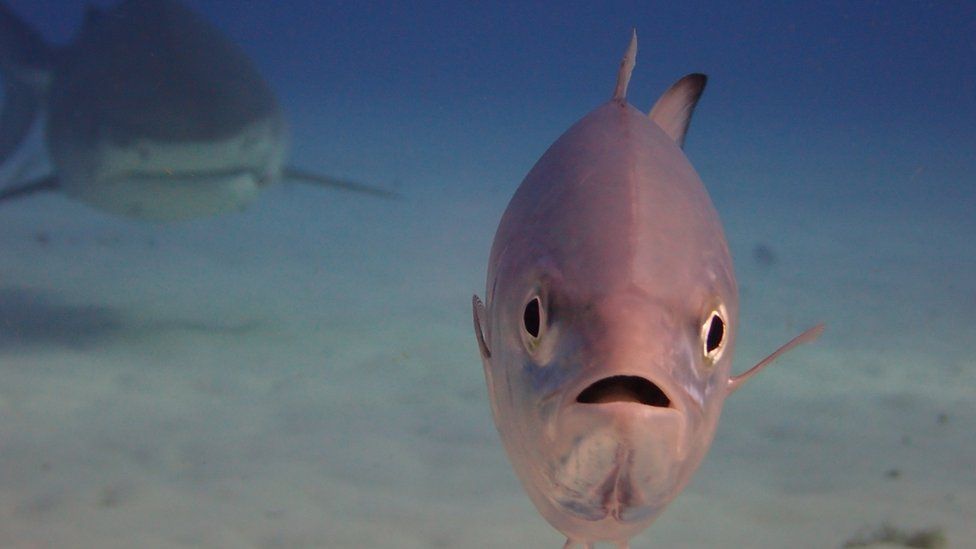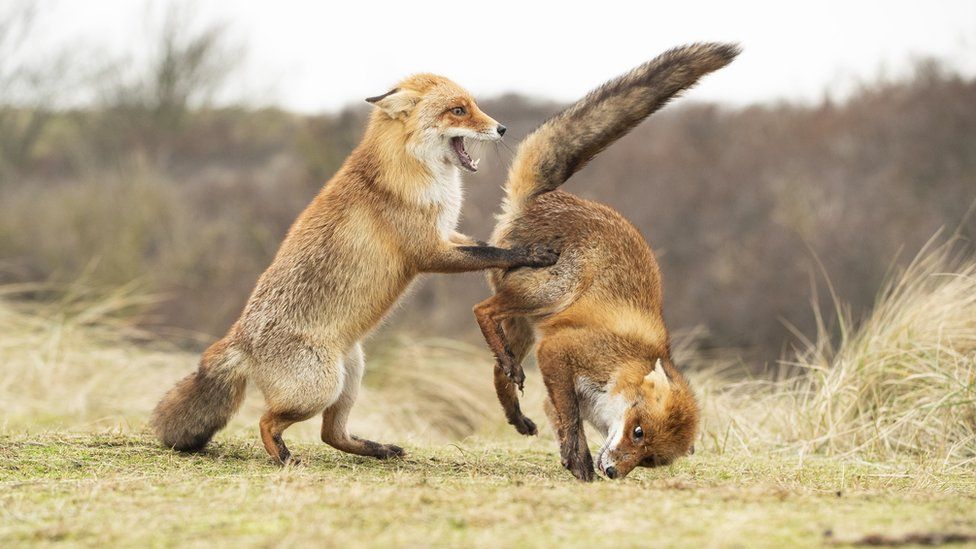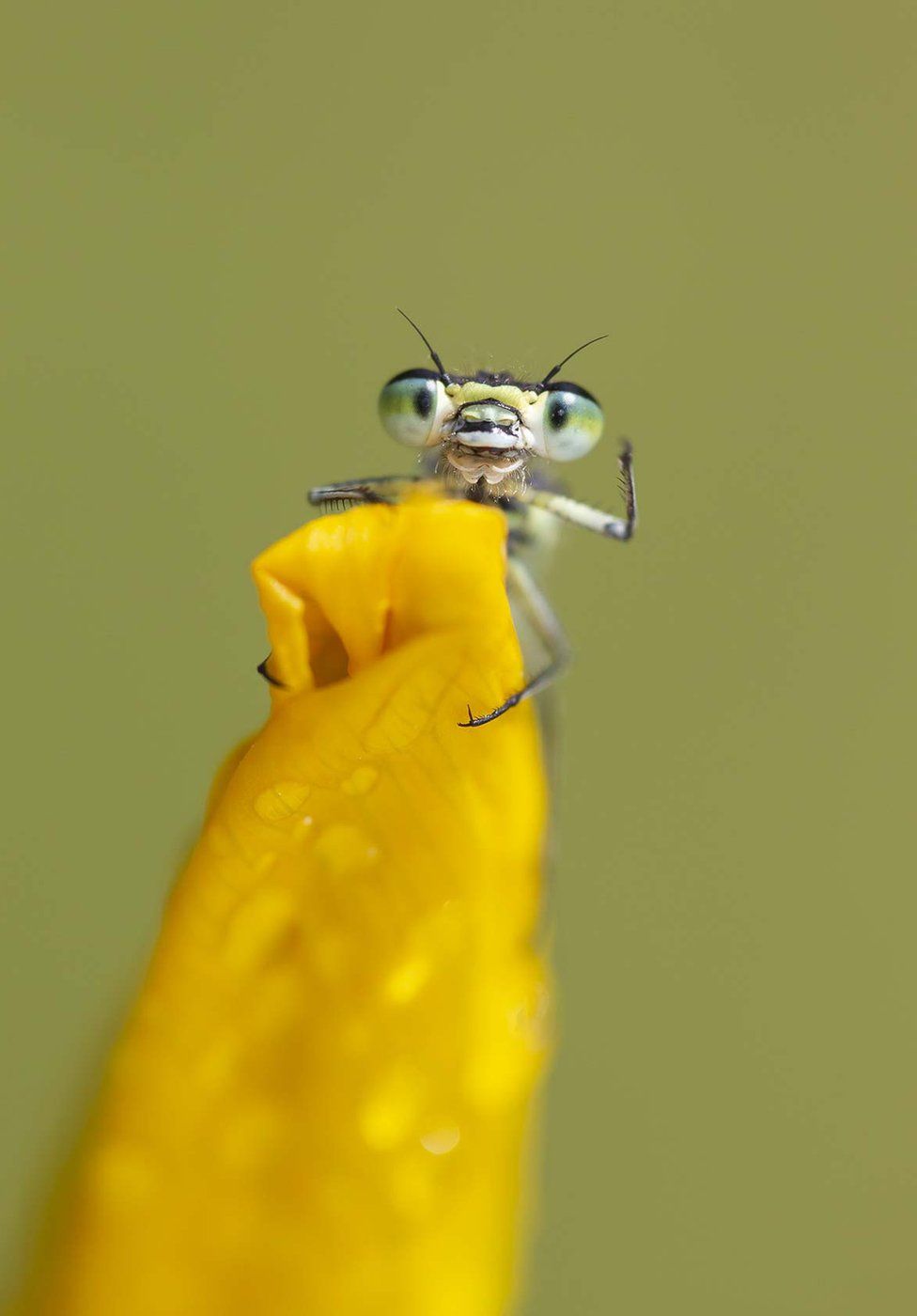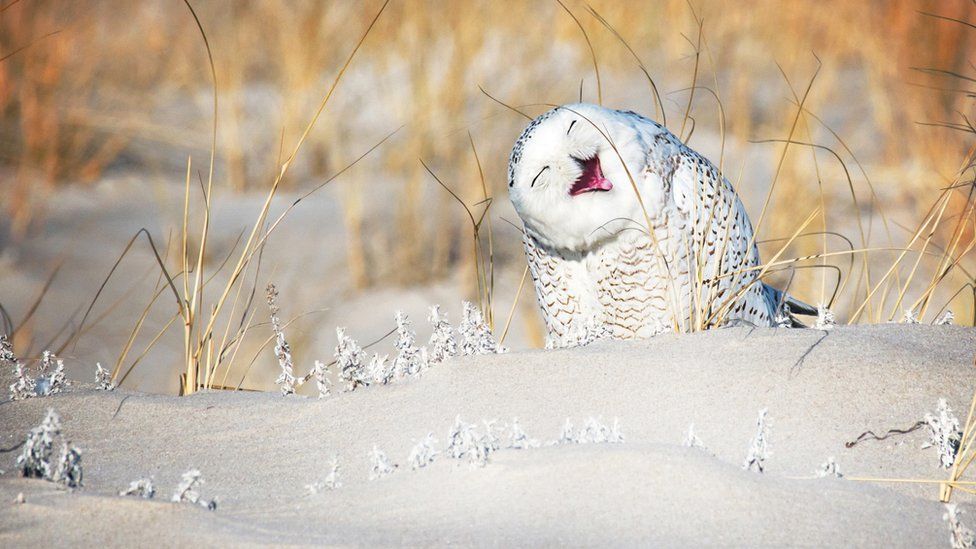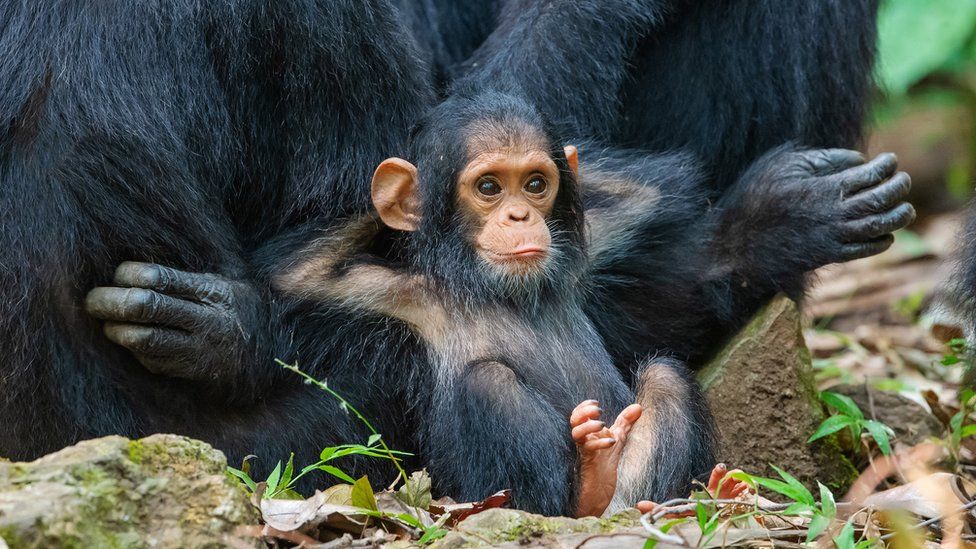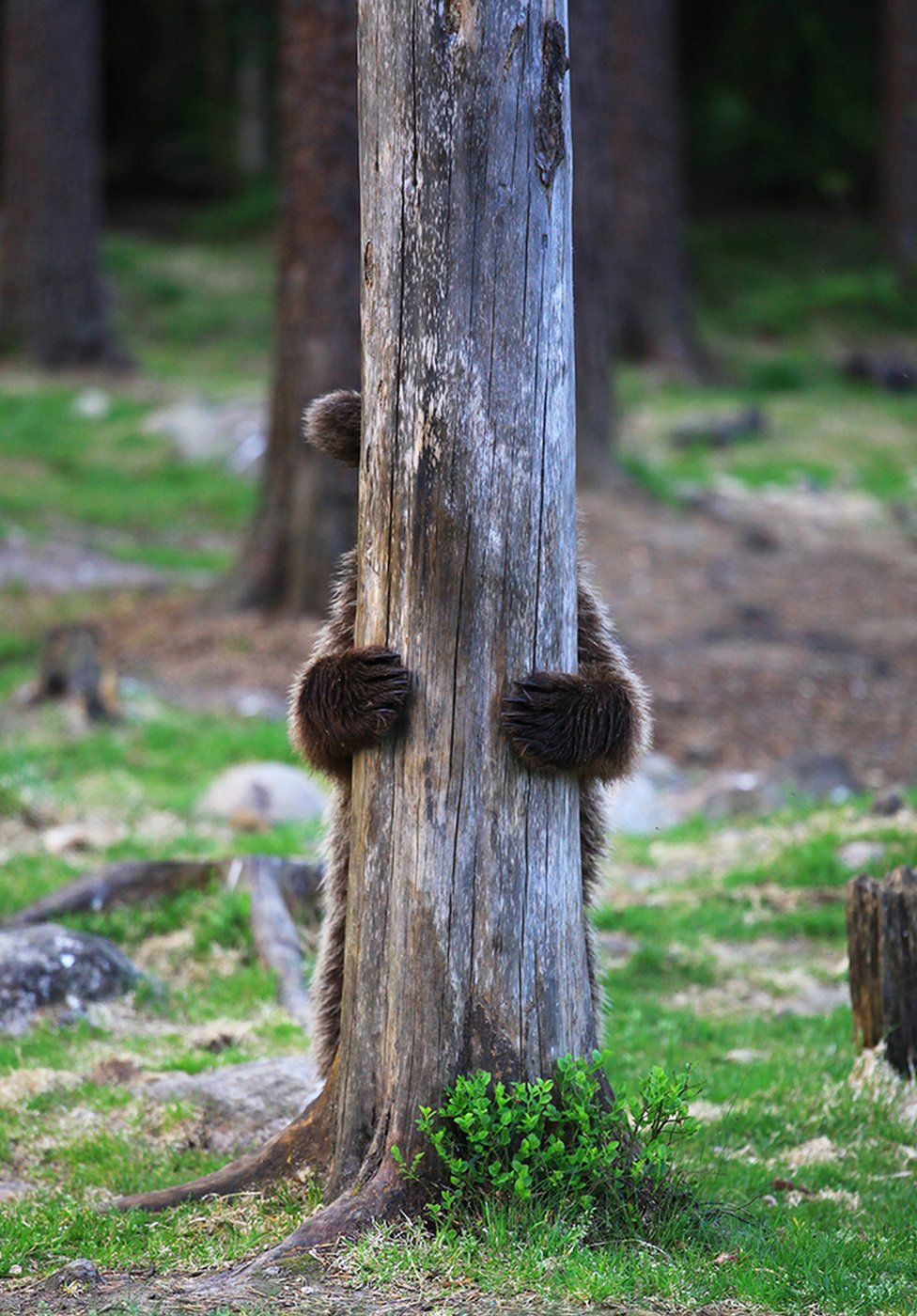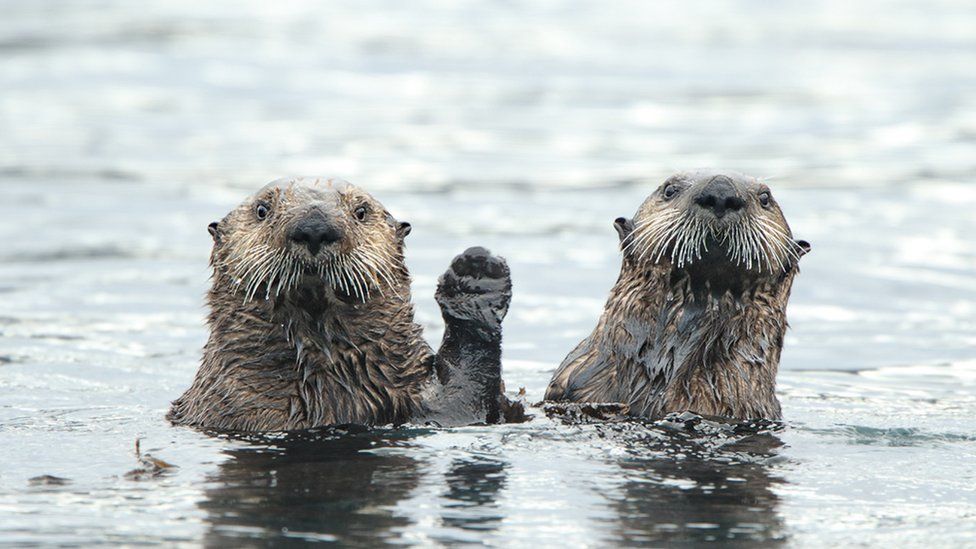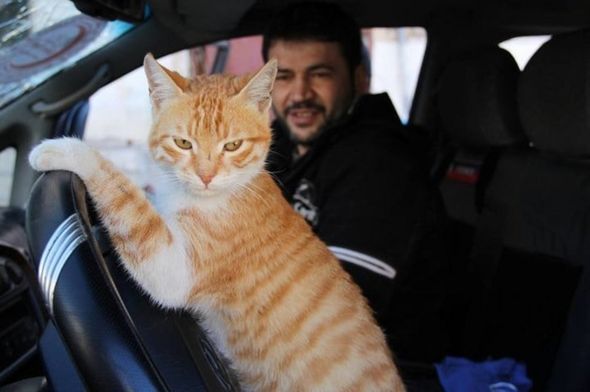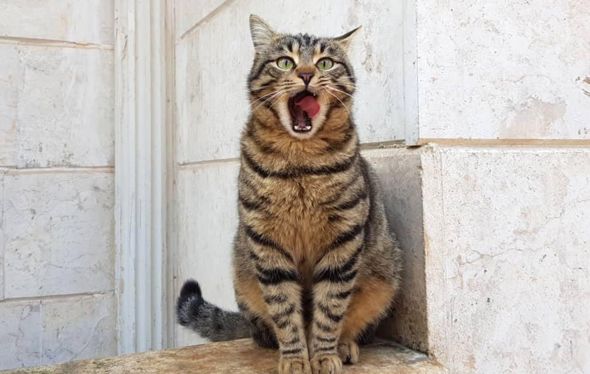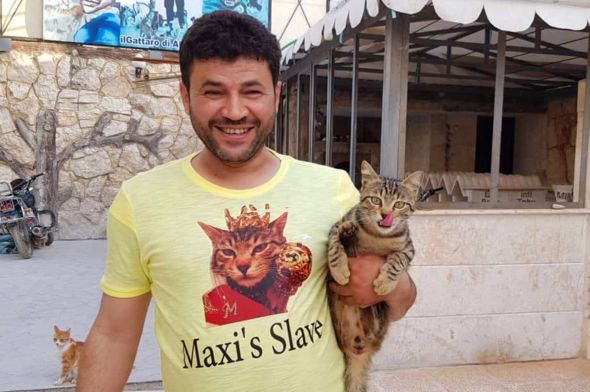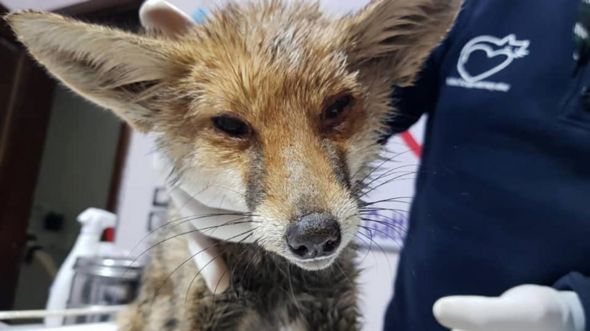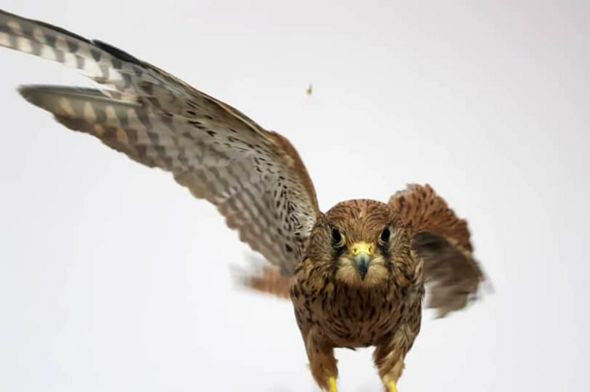Father Christmas in his sleigh, Donner, Blitzen, Dancer, Prancer and the rest, an image beloved of children generation after generation, made their first appearance in the starry winter sky nearly 200 years ago in 1823. But Rudolph was just too darn cosy in his straw-filled stable at the North Pole. It was another 100 years plus (1939) before he first poked his red nose outside, and was promptly appointed Santa’s right hand reindeer. I know Vixen, life is not fair.
It’s likely though that this bizarre-when-you-think-about-it vision of Santa and his reindeer flying across the night sky has far deeper roots:
“According to the theory, the legend of Santa derives from shamans in the Siberian and Arctic regions who dropped into locals’ teepee-like homes with a bag full of hallucinogenic mushrooms as presents in late December.
“As the story goes, up until a few hundred years ago, these practicing shamans or priests connected to the older traditions would collect Amanita muscaria (the Holy Mushroom), dry them and then give them as gifts on the winter solstice. Because snow is usually blocking doors, there was an opening in the roof through which people entered and exited, thus the chimney story.”*
Little wonder our ancestors were dreaming dreams of magic!
Reindeer facts
- The festive sleigh-pulling team contrary to popular belief is comprised entirely of females – yes, even Rudolph. Though both sexes of reindeer wear antlers, the males only need theirs for the autumn rut and shed them well before Christmas
- In the winter the animals live almost exclusively on “reindeer moss” (lichen) and cover long distances to find it, travelling the furthest of any land mammal in the world, up to 5,000 km a year
- They can run at up to 80 kph
- They are smaller than you think, standing at only 1.2m at the shoulder
- They have clowns’ feet – wide spreading hooves that make perfect snowshoes, shovels to shift snow (to get at the food beneath) and paddles for swimming
- It’s true they do have unusual noses – not normally red – because they are furry. In fact their special insulating hollow fur covers every bit of a reindeer’s body from furry nose to furry feet, except of course their eyes. Their coat is one of the thickest and densest of any animal
- They talk to each other with their feet. When the herd is moving, “they make a delicate clicking or popping sound. Being surrounded by a small herd sounds a bit like being in a bowl of puffed rice as the milk is poured on to it”
- Once reindeer roamed the hills of northern England and Scotland. They were hunted by the Vikings
- In the 1950s a small herd was reintroduced to the Cairngorms and are now 130 strong
- Elsewhere they can now be found only in Russia and Norway
- This naturally curious and gentle creature was a prime candidate – thought to be the first with hooves – for humans to domesticate, 30,000 years ago in Scandinavia
- Like so many animals, their usefulness to humans (milk, meat, skins) meant their being hunted almost to extinction
- In southern Norway, there remain only 20 herds, about 40,000 deer in all

In reality, having to pull Santa’s sleigh all around the world, arduous as that sounds, is the least of Rudolph’s problems
The main threats to these beautiful animals, along with nonhuman animals the world over, are human-caused: habitat fragmentation and destruction; roads carving up the forest; house-building; oil, gas and timber extraction. And global warming – the timber line is creeping northwards and shrinking the arctic tundra on which the reindeer rely.
Another serious cause for concern is inbreeding. Reindeer females don’t seem able, as many species of animals do, to select mates from outside their immediate group, and will frequently mate with males too closely related to them. Direct human interference has exacerbated the problem. Large numbers of males were removed from the herds in the 70s, to increase the preponderance of females and produce more young. The intended outcome was more reindeer to hunt. The unintended outcome was a further shrinking of the gene pool.
Shooting rights up for grabs
If you have a yen to celebrate the season of goodwill with a killing spree and have enough spare cash, the Norwegian government has opened up two of their largest national parks for you to slaughter any number of the last surviving wild population of these gentle creatures in Europe.
The business selling the tickets for such a trip, for which it claims exclusive rights, styles itself “Scotland’s Premier Sporting Agency“. Shooting reindeer in Norway is, it says, “a magical experience”. (And feel free to take a pop at bears and wolves, both critically endangered in Norway, while you’re there.) This is the picture promoting the trip on the agency’s website

A very different kind of Christmas magic.
What can we do?
Support the League Against Cruel Sports’s campaign against trophy hunting
Sign the petition asking the Norwegian government to End the reindeer slaughter in Norway
And help stop the exploitation and abuse of reindeer here in the UK at Christmas:
Support Animal Aid’s reindeer campaign
Sign the petition Stop using live reindeer at Keswick Christmas fair!
Sign the petition Stop reindeer exploitation
Cover pic courtesy of Focusing on Wildlife
*Anthropologist John Rush for LiveScience
* * *
Postscript
The fate of reindeer and wolves is inextricably linked. Find out more about what is happening to Norway’s wolves.

Sources
The Reindeer’s story: How our No.1 Christmas animal is suffering
Rich Trophy Hunters Pay to Shoot Reindeer in the Wild
A Visit from St Nicholas by Clement C Moore
Related posts
Christmas Spoiler – Rudolph is an Impostor!
How Do Squirrels Remember Where They Buried Their Nuts?
Gifts Animals Give – & Strictly No Socks!


